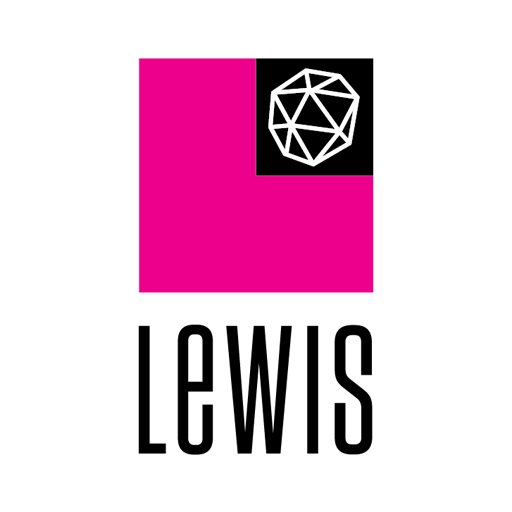LEWIS 25 Jul 2016 // 4:48PM GMT

New relationships are exciting, aren’t they? We’re on our best behavior. We make sure we smell good and smile often. The words we exchange when we are in a new relationship are purposeful, and since expressing and receiving curiosity feels good, the mood is tingly and has us looking forward to what’s ahead.
LEWIS has made several acquisitions around the world in recent years. This has led to our teams combining with other companies whose teams were similar to ours in many ways, but also different. Team integrations can feel a little like moving in with your date on your first outing together – only you don’t get to choose the date.
LEWIS announced its acquisition of Piston last year. Leading the LEWIS San Diego PR team, I work alongside Piston SVP Mark Burr. Here are a few lessons Mark and I have learned while integrating our two groups:
Look for the learning opportunity
When two teams combine, it can bring about feelings of stress and insecurity. Mark and I have been asked by employees, “Will my role change?” and “Will the way we do things change?” Managers need to anticipate how their staff may feel while keeping all eyes on the day-to-day work. The trick is finding the magic in each team’s uniqueness. The combination of the teams' skills and their implications for business growthwere the impetus for the acquisition. Accepting new ways of doing things and seeing that all ideas are valuable will encourage participation. Ask questions. Your talents and focus areas differ from others’ talents and focus, and your new colleagues may have ideas or tools that can help you work faster or better. Have confidence that you may know something that will help them, too. The role of the manager in an integration is to help teams understand each other’s added value, so the positive effects of a merger will outweigh potential negative effects.
Facilitate communication. Getting to know each other can be fun
We set up a round of “speed meetings” every other week, whereby a handful of people from each team ask someone from the other team a few suggested silly questions to get to know each other better. After 4-5 minutes, it’s time to converse with someone new. The laughter than emanates from our conference room is contagious. The exercise is fun and out of the ordinary, which helps people remember new colleagues’ names and other details. We appointed a small culture committee to organize these activities. The people who put themselves forward for the culture committee are best poised to plan and organize such events activities; they are natural-born leaders and find time, no matter what else they’re handling.
Sharing the experience of moving into our new office space together helps too. Suddenly both teams have new peers with whom we can grab a beer, make weekend plans or chat about work.
Embrace change
It’s no secret that the bringing together of two teams and multiple leaders can lead to combustion rather than catalyze growth. But an organization’s people are its greatest assets. Keep a positive outlook. You’re in your role for a reason, and there are things you do that nobody else does as well. Everyone has a network, and you can draw on others’ networks to develop your own career. Acquisitions and integrations help to highlight problems that need fixing, or roles that need filling. Some people do not deal with change easily and may leave the organization. Remember that change is growth to keep things into perspective.
As leaders of LEWIS San Diego and Piston, Mark and I overcommunicate, which helps us navigate change together. This has helped us lead each other to business connections and prospective job candidates. We speak almost every day regardless of whether we’re working on joint projects. When one of us is encountering a challenge, the things we’ve learned about each other help us know when it might make sense to draw on the other for ideas or support.
Every integration is different, but don’t be intimidated; sometimes first dates lead to long-term success.
By Katie Pierini, Senior Vice President at LEWIS San Diego.
About the Author:
Katie heads LEWIS’ San Diego operations, helping clients determine the right strategies to accurately and effectively communicate their value propositions for increased demand generation.


































.jpg)
















